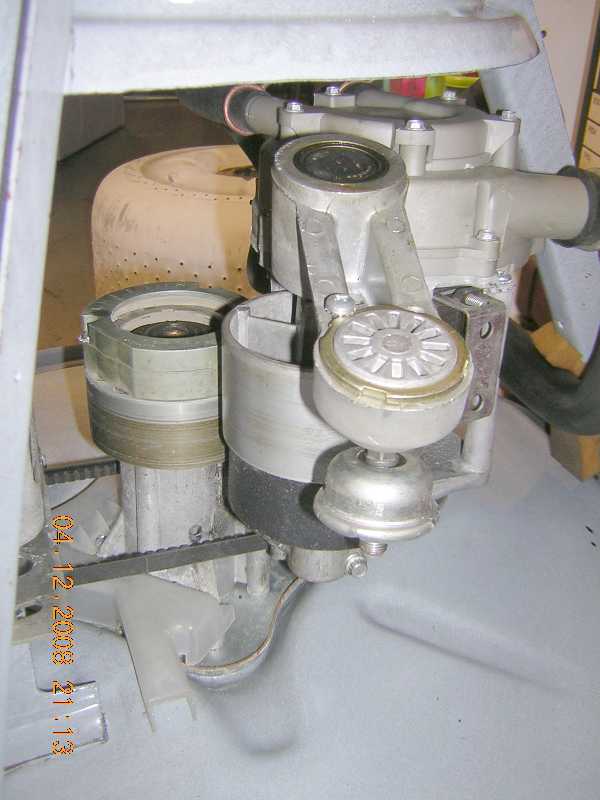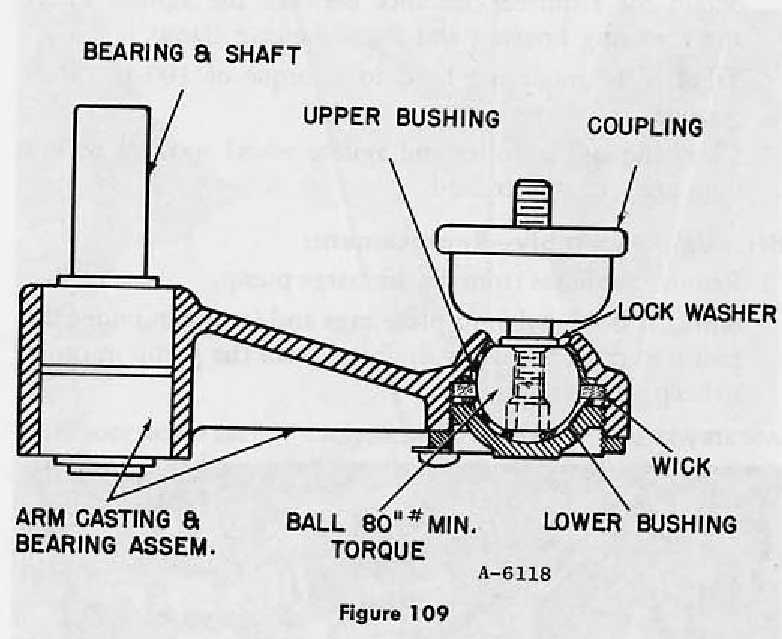|
Thread Number: 21061
No oil for 1-18! well mabie some... |
[Down to Last] |

|
| Post# 333173 , Reply# 1 3/2/2009 at 12:08 (5,524 days old) by fltcoils (South Bend, Indiana) | ||
|
another pic 
| ||
| Post# 333174 , Reply# 2 3/2/2009 at 12:10 (5,524 days old) by fltcoils (South Bend, Indiana) | ||
|
and rebuild instr 
| ||
| Post# 333175 , Reply# 3 3/2/2009 at 12:11 (5,524 days old) by fltcoils (South Bend, Indiana) | ||
|
pic of arm, showing wick 
| ||
Post# 333214 , Reply# 4 3/2/2009 at 14:04 (5,524 days old) by joelippard  (Hickory) (Hickory) |
||
How interesting. | ||

 Comes to the Rescue!
Comes to the Rescue!